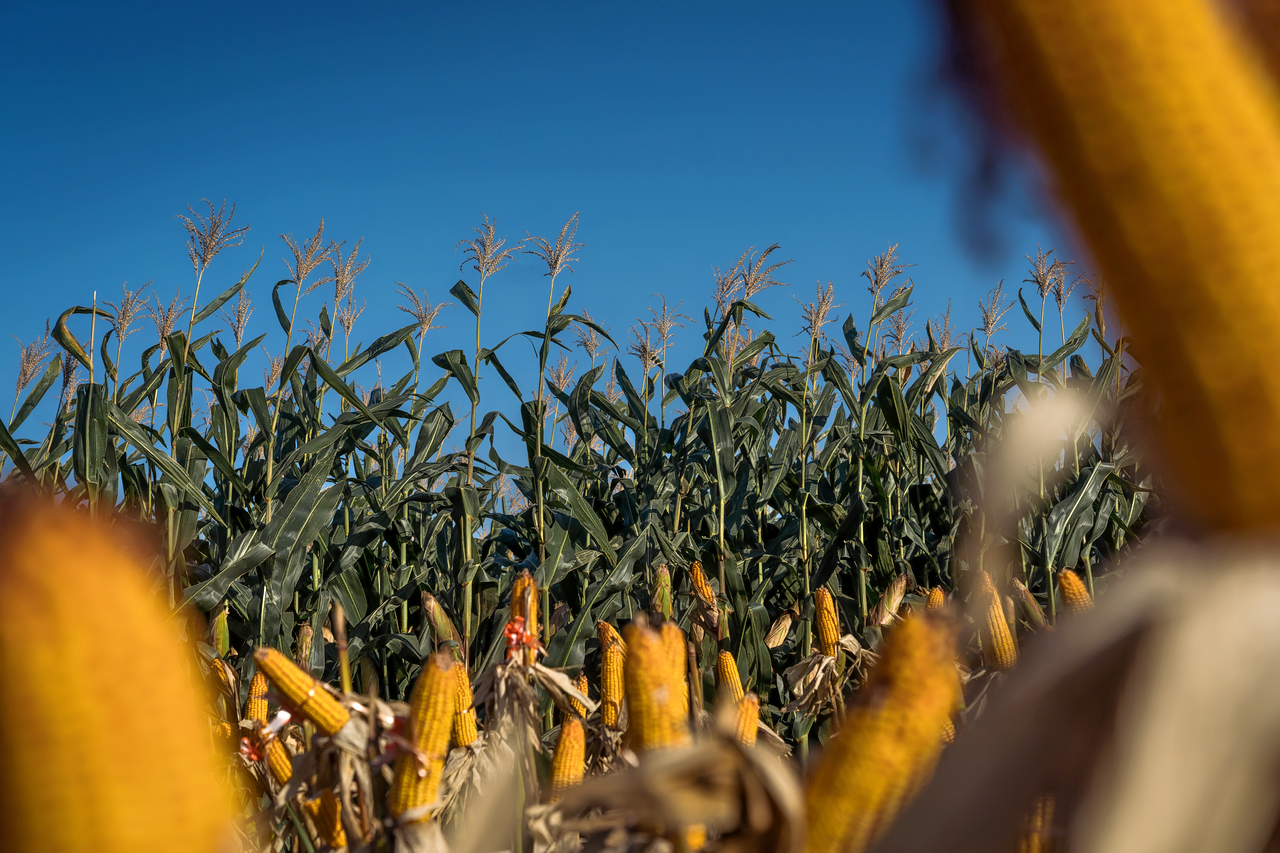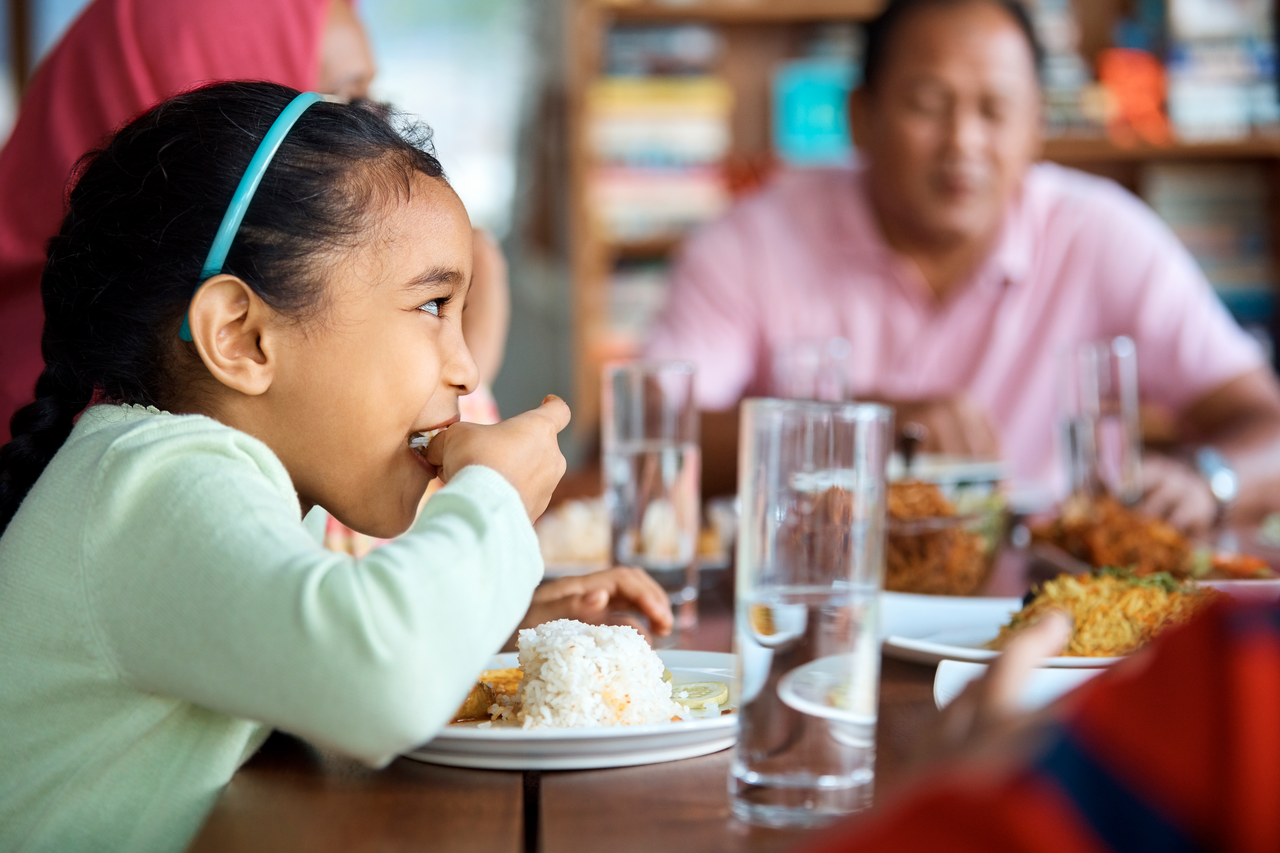Saving resources for a sustainable future
How regenerative agriculture is helping a farmer in China rebuild the soil, increase yield and optimize costs

As one of the world’s ancient civilizations, China has experienced farming for thousands of years. While it is the largest nation in Asia by land area, it has just 9 percent of the world’s arable land. Still, it has succeeded in producing a fourth of the world’s grain and feeding its own population, a fifth of the world’s total.
However, major challenges have emerged in recent years. The excessive use of fertilizers and pesticides led to a decline in the quality of arable land, resulting in more than two-thirds of China's farmland now being low- and medium-yield. At the same time, food imports surged because of changing diet patterns, driven by a growing health-conscious urban population. China’s self-sufficiency ratio declined to nearly 77 percent in 2020 from 100 percent in 2000. Extreme weather and climate change are likely to exacerbate these issues.
China has set a target of preserving at least 120 million hectares (an area slightly larger than Sweden) of arable land for crop farming and preserve its rich black soil. Achieving self-sufficiency in food grains is a priority for the government.
Regenerative agriculture will have a major role in achieving this goal.

China, with just 9% of the world's arable land, has successfully produced a quarter of the world's grain and fed its own population.
China, with just 9% of the world's arable land, has successfully produced a quarter of the world's grain and fed its own population.

Flooded corn field
Flooded corn field
Li Xinhua’s 20-hectare lies in the southeast of Hebei province, one of China’s major grain and cotton producing regions. Xinhua grows corn and wheat in her farmland. Like the rest of the region, she had to deal with higher temperatures and drought in recent years.
“It is tough to find irrigation workers when rains are scarce, and the weather is warmer. You must pay higher wages to hire them,” Xinhua says. She needed most of the workers to cut off corn straws, transport them to vacant fields and bury them. This process consumed both time and labor. With declining yield, Xinhua was finding it difficult to afford the cost. She decided to try a new approach to farming.
“After last autumn’s harvest, I did no-tillage ploughing in over 2 hectares of my farm. Now the sprouting rate is better, as is the output,” Xinhua says.
No-tillage ploughing is part of regenerative agriculture, which rebuilds soil health and helps grow more food with less environmental impact. The key is to minimize tilling and ploughing, which reduce the soil’s ability to retain water. By stopping tillage and instead planting seeds directly into the residue of the previous crop, farmers can increase the soil’s organic matter.
Xinhua uses the corn straws as the cover crop, which means that she does not need as many workers as before to transport them. “The corn straws are returned to the same field to keep the soil moist, resulting in fewer rounds of irrigation, and saving water. We are also saving time because processes like rotary tillage, tamping and fertilizing are integrated into one. And there’s less wastage,” Xinhua says.
Another step in regenerative farming is to keep the soil covered with plants all year-round. The cover crops, planted immediately after harvest, reduce erosion and build up carbon inputs. Alongside this step, farmers benefit from intercropping, which involves planting different crops at the same time. By doing this, farmers diversify the diet for microbes in the soil, leading to lower risk of disease, pests, and weeds. Farmers can optimize their use of chemical fertilizers by adding them only when necessary.
Xinhua also tried intercropping by planting four rows of soybean followed by two rows of corn across a fifth of her farmland. “The soybean is shorter than corn, so the corn benefits from good ventilation and sufficient sunshine. The soybean crop also nurtured the soil, making it more fertile, so we could cut back on fertilizers while getting a higher output,” Xinhua says.
Encouraged by these results, Xinhua plans to implement regenerative techniques on a wider scale. “I am considering no-tillage ploughing in all my fields this year,” she says. In her own small way, Xinhua is helping secure food self-sufficiency for China and the world.

Xinhua checks her harvest.
Xinhua checks her harvest.

A no-till planter places the seed directly into the previous crop’s residue.
A no-till planter places the seed directly into the previous crop’s residue.

